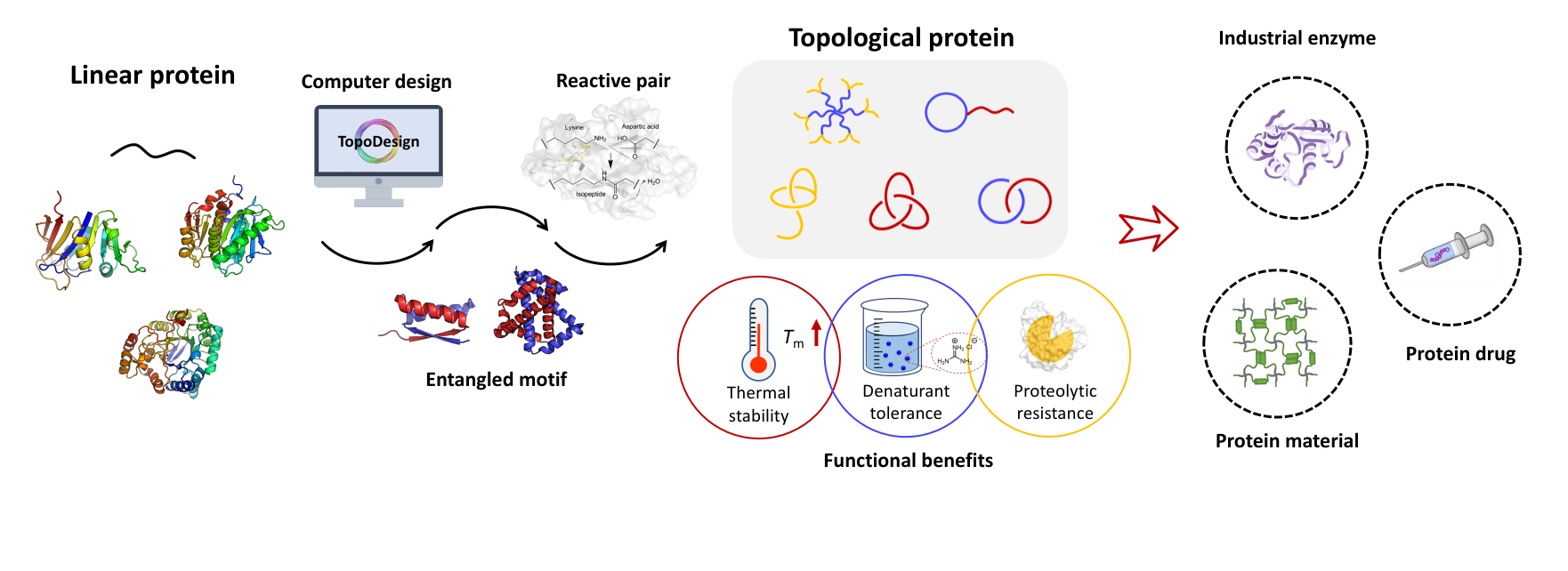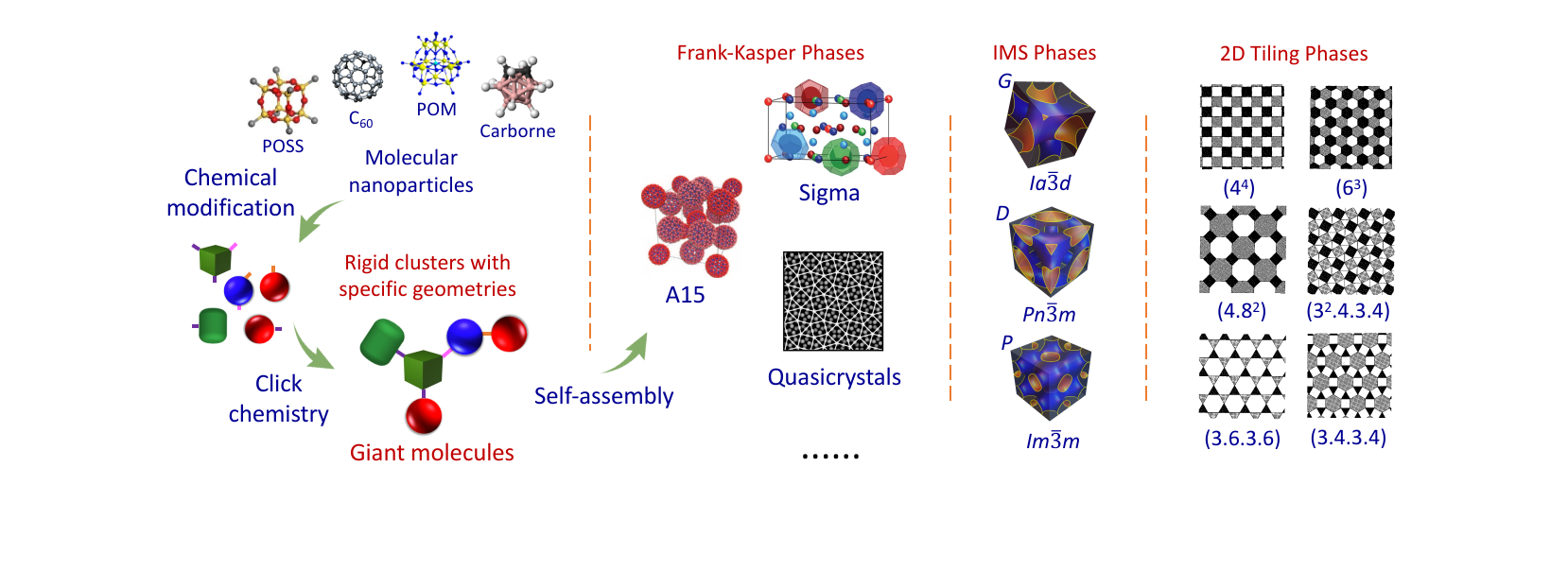Quotes
----------------------------------------------
-----------------------------------------------
在科学上没有平坦的大道,只有那些不畏艰险沿着陡峭山路攀登的人,才有希望达到光辉的顶点。
----马克思
-----------------------------------------------
Research Projects
Collaborations
------------------------------------------
请有兴趣的研究组联系我们。欢迎任何形式的合作,尤其是在自组装、水凝胶以及生物医药等方向的合作。
------------------------------------------
请有兴趣的研究组联系我们。欢迎任何形式的合作,尤其是在自组装、水凝胶以及生物医药等方向的合作。
------------------------------------------
Publications
35. Syntheses, Crystal Structures, and Optic/Electronic Properties of Sphere-Rod Shape Amphiphiles Based on [60]Fullerene-Oligofluorene Conjugate. Chem.-Asian J. 2013, 8, 1223-31
Posted on:2016-04-27
Teng, F.-A.; Cao, Y.; Qi, Y.-J.; Huang, M.; Han, Z.-W.; Cheng, S. Z. D.;* Zhang, W.-B.;* Li, H.* Syntheses, Crystal Structures, and Optic/Electronic Properties of Sphere-Rod Shape Amphiphiles Based on [60]Fullerene-Oligofluorene Conjugate. Chem.-Asian J. 2013, 8, 1223-31. [Link] [PDF]

Abstract
A series of sphere–rod shape amphiphiles, in which a [60]fullerene (C60) sphere was connected to the center of an oligofluorene (OF) rod through a rigid linkage (OF-C60), were designed and synthesized. Alkyl chains of various lengths were attached onto the OFs on both sides of the C60 spheres. These compounds, denoted as alkyl-OF-C60, were fully characterized by 1H NMR, 13C NMR, and FTIR spectroscopy and by MALDI-TOF mass spectrometry. The morphologies and structures of their crystals were elucidated by wide-angle X-ray diffraction (WAXD) and by electron diffraction in transmission electron microscopy (TEM). Butyl-OF-C60 forms a monoclinic unit cell (a=1.86, b=3.96, c=2.24 nm; α=γ=90°, β=68°; space group P2), octyl-OF-C60 also forms a monoclinic unit cell (a=2.21, b=4.06, c=1.81 nm; α=γ=90°, β=75.5°; space group C2m), and dodecanyl-OF-C60 forms a triclinic structure (a=1.82, b=4.35, c=2.26 nm; α=93.1°, β=94.5°, γ=92.7°; space group P1). The inequivalent spheres and rods were found to pack into an alternating layered structure of C60 and OF in the crystals, thus resembling a “double-cable” structure. UV/Vis absorption spectroscopy revealed an electron perturbation between the two individual chromophores (C60 and OF) in their ground states. Fluorescence spectroscopy exhibited complete fluorescence quenching of their solutions in toluene, thus suggesting an effective energy transfer from OF to C60. Cyclic voltammetry indicated that the energy-level profiles of C60 and OF remained essentially unchanged. This work has broad implications in terms of understanding the self-assembly and molecular packing of conjugated materials in crystals and has potential applications in organic field-effect transistors and bulk heterojunction solar cells.






